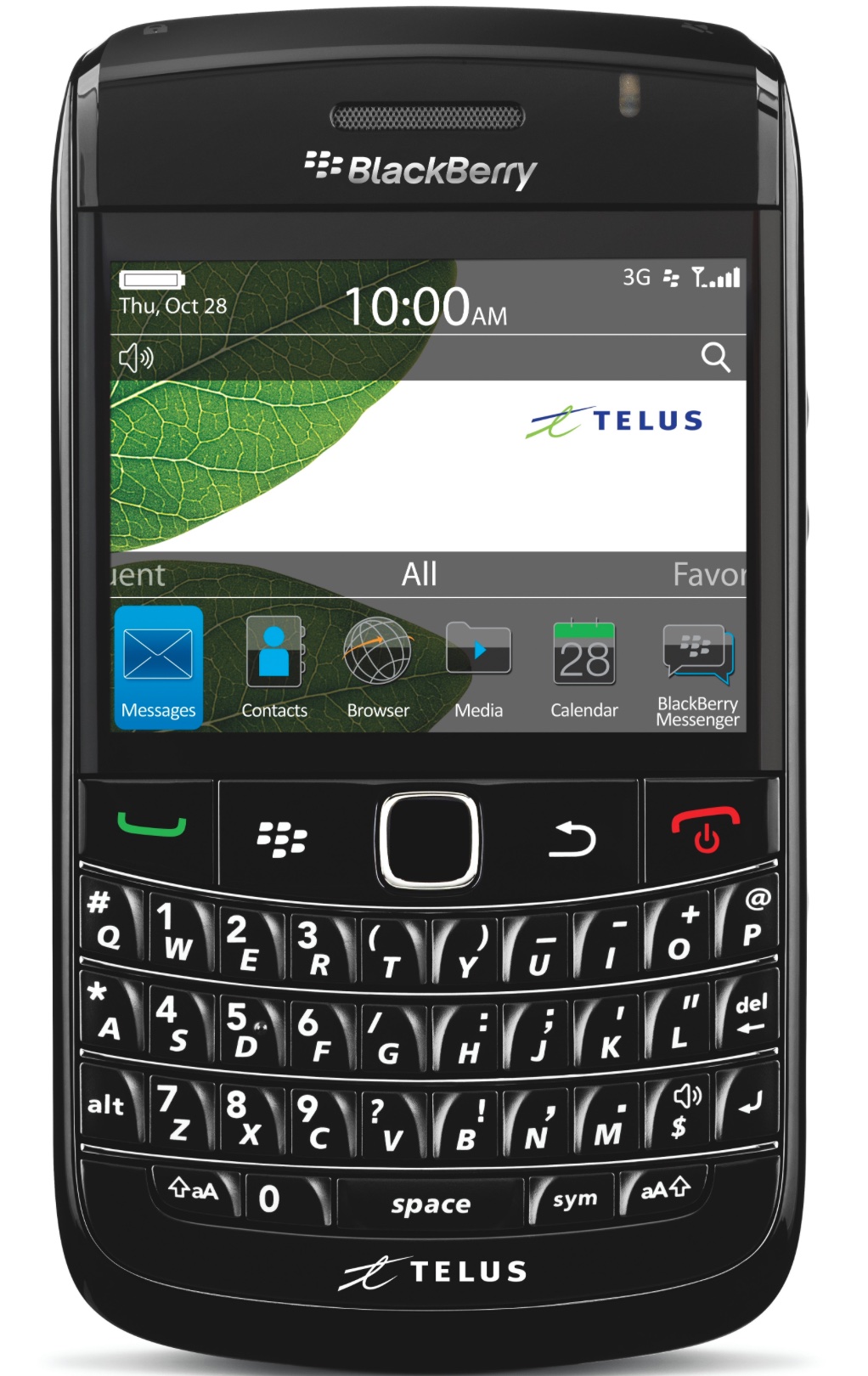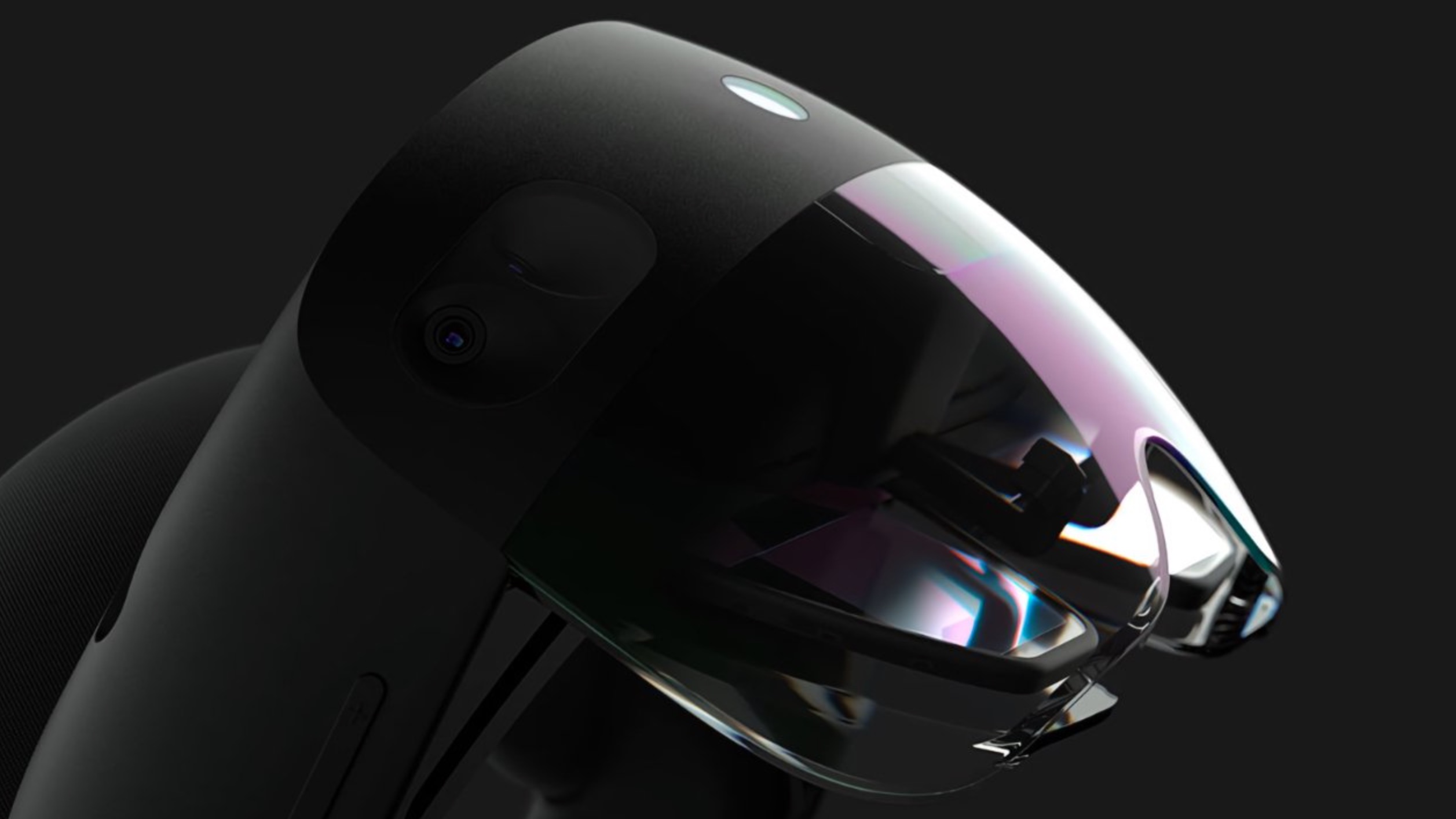
HCI Lecture 6 : User Interface
In this 6th lecture of my HCI class, we delved into the topic of input devices and interaction paradigms. During the session, we explored the historical development of these technologies. Now, I will focus on one specific input device from the past that faced challenges. I will discuss why it didn’t succeed and also introduce a new and promising input device, considering its potential to reshape human-computer interaction and speculating about its future success.
BlackBerry: The Failed Input Device

The BlackBerry was once the go-to device for professionals, known for its physical keyboard and secure messaging, (this article of the guardian will give you good insight). However, several factors contributed to its decline:
-
Failure to Innovate: BlackBerry stuck with its physical keyboard and resisted the shift towards full touchscreens. This reluctance to innovate left it lagging behind competitors who embraced touchscreen technology, providing users with a more versatile interface.
-
Limited App Ecosystem: BlackBerry struggled to compete in the app market. The lack of a robust app ecosystem diminished its appeal to users who sought a wide range of applications and functionality.
-
Security Concerns: While BlackBerry initially gained prominence for its security features, other devices, such as iPhones and Androids, caught up in terms of security. This diminished BlackBerry’s unique selling point.
-
Corporate Focus: BlackBerry heavily focused on corporate clients, neglecting the consumer market. As a result, it failed to capture the attention of a broader audience.
-
Competition: The emergence of competitors like Apple and Android devices with sleek designs and advanced features overshadowed the BlackBerry.
Apple’s Vision Pro: The Promising New Input Device

I invite you to visit apple’s website to find out more about this amazing technology.
-
Apple’s Track Record: Apple has a history of successfully revolutionizing existing technologies. Their track record with products like the iPhone and iPad indicates their potential to bring a fresh perspective to the Vision Pro concept.
-
Ecosystem Integration: Apple’s ability to seamlessly integrate new technologies into its ecosystem is a significant advantage. The Vision Pro could integrate with existing Apple devices and services, enhancing its functionality and user experience.
-
User-Centered Design: Apple is known for its user-centered design approach. If they address usability and comfort issues associated with augmented reality (AR) devices, it could lead to greater user adoption.
-
Developer Support: Apple’s strong developer community and resources could lead to a robust app ecosystem, addressing one of the challenges faced by earlier AR devices.
-
Consumer Appeal: Apple’s focus on the consumer market could bring AR and mixed reality experiences to a broader audience, making it more accessible and attractive to everyday users.
However, it’s essential to consider potential challenges, such as privacy concerns, adoption barriers, and competition, that Apple’s Vision Pro may face in the future.
In summary, while the BlackBerry faced challenges due to its reluctance to innovate, limited ecosystem, and market focus, Apple’s Vision Pro has the potential to succeed by leveraging Apple’s strengths in design, ecosystem integration, and consumer appeal. Nonetheless, the success of any new input device relies on addressing user needs, privacy concerns, and market dynamics.